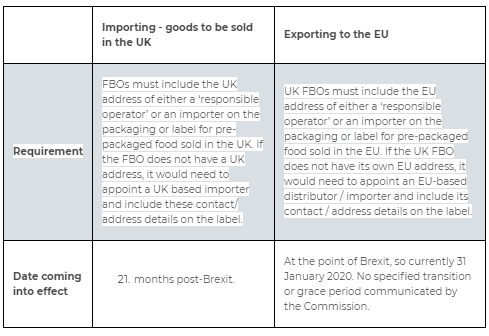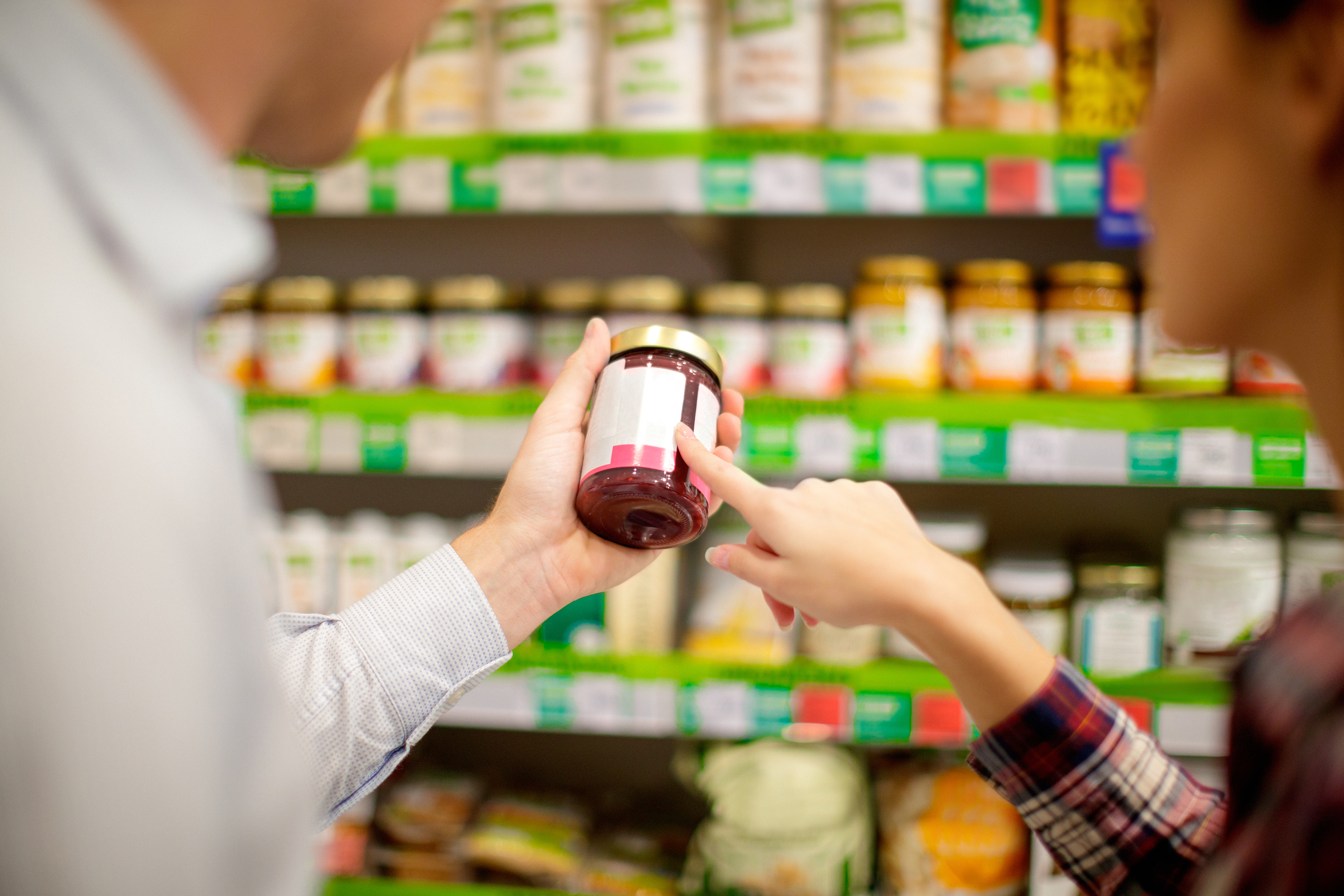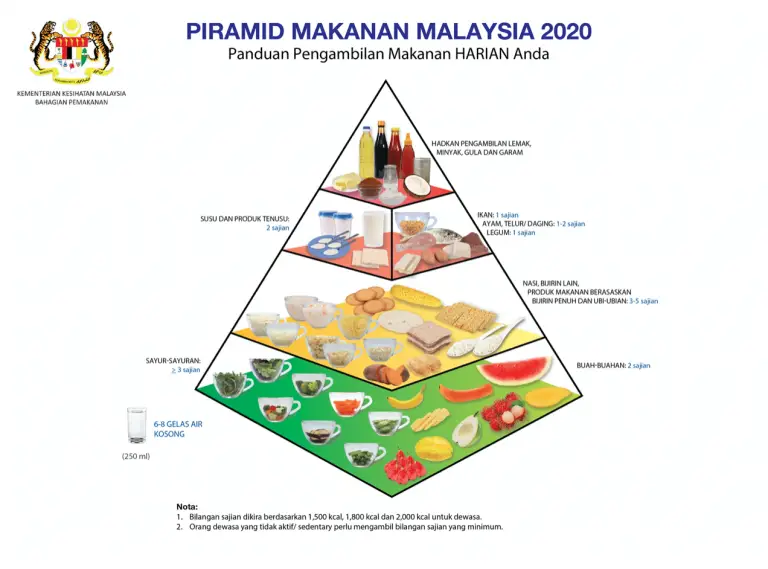39 what food products do not need food labels by law
US Law Label Requirements & States with Tagging Laws The law label was born in the early 1900s to prevent these articles from being filled with things such as horse hair, corn husks and other "materials" the consumer would never see. It's similar to food labeling. Law Labels must describe the filling materials of the article as a percentage of those filling materials by weight. Food labelling and packaging: Food labelling - what you must show - GOV.UK There are special rules about what you have to show on the label if you supply any of the following: bottled water bread and flour cocoa and chocolate products fats and oils fish fruit juices and...
Do food labels list all ingredients? [Solved] - themoney.co A. Food manufacturers are required to list all ingredients in the food on the label. On a product label, the ingredients are listed in order of predominance, with the ingredients used in the greatest amount first, followed in descending order by those in smaller amounts. Similarly, Do you need to list water as an ingredient?

What food products do not need food labels by law
My Food Product: Do I Need Nutrition Facts On My Labels? If any exemptions are met, your food still has to include nutrition facts if the label has any nutrient claims. Small businesses (your own or any that sell your product) that have more than $50,000 of food sales AND more than $500,000 of total sales. So, if you want to be in any major grocery chain, you'll need nutrition fact labels. Exemption from Nutrition Labeling Requirements - FDA Reader Food labelling - health.vic All packaged foods sold in Australia must comply with the labelling requirements of the Australia New Zealand Food Standards Code, which applies in Victoria through the Food Act 1984. Food labels must carry essential information, so that consumers are informed of the nature and properties of foods before they buy.
What food products do not need food labels by law. PDF Cottage Food Brochure - Home - Florida Department of Agriculture ... No. Cream cheese and butter icings are not allowed to be produced under cottage food. These items require refrigeration due to the high-water content (made from cow [s milk) and are considered a TCS food. Margarine (vegetable oils), Shortening (solidified fat), vegan butter/margarine (made with vegetable oils) would be considered permissible. PDF Food Labeling Guide - FDA Additionalcopies are available from: Office of Nutrition, Labeling, and Dietary Supplements HFS-800 Center for Food Safety and Applied Nutrition Food and Drug Administration 5100 Paint Branch... PDF General Food Labeling Requirements - CDPH Home Food Labels. Information for California Food Processors . California Department of Public Health, Food and Drug Branch 2013 The goal of food labeling is to provide consumers with infor mation that is factual and relevant about the products they consume. The food label allows consumers to compare one product to another, gives FDA Food Product Labeling & Packaging Requirements | ESHA Research The Food Allergen Labeling and Consumer Protection Act of 2004 (FALCPA) mandates that packaged food items must declare, in plain language, the presence of any major food allergens (Milk, Egg, Fish, Crustacean shellfish, Tree nuts, Wheat, Peanuts, Soybeans, Sesame) on the product packaging.
What foods do not require a nutrition facts label? In the National Labeling and Education Act, certain foods are exempt from nutrition labeling. These include: Ready-to-eat food that is not for immediate consumption but is prepared on site. For example, products from bakeries and delis or candy store items. Foods that do not contain significant amounts of nutrients. What is required on a food label? - USDA A meat and poultry label is required to contain 8 features. These are: the product name, inspection legend and est. number, handling statement, net weight statement, ingredients statement, address line, nutrition facts, and; safe handling instructions. These requirements are found in the Code of Federal Regulations (9CFR 317.2/381 Subpart N). Labelling - Food Standards In addition to the Food Standards Code, all representations made about food are subject to fair trading laws and food laws in Australia and New Zealand which prohibit false, misleading or deceptive representations. For further information see Truth in labelling, weights and measures and legibility. Food Labeling & Nutrition | FDA Food labeling is required for most prepared foods, such as breads, cereals, canned and frozen foods, snacks, desserts, drinks, etc. Nutrition labeling for raw produce (fruits and vegetables) and...
Food Labeling - Consumer - LAWS.com Food labeling statutes absolutely require this information for products that have a shelf life of less than three months, such as milk. Storage Food labels must include instructions if there are specific conditions in which the product must be stored. This may include refrigeration, freezing, or keeping out of light. Instructions for Use FDA: Foods Must Contain What Label Says | FDA After conducting its own analyses, FDA found that some of the samples contained undeclared ingredients, including artificial colors, sweeteners and less expensive fruit juices, such as black... Importing Food Products into the United States | FDA Under provisions of the U.S. law contained in the U.S. Federal Food, Drug and Cosmetic Act, importers of food products intended for introduction into U.S. interstate commerce are responsible for... Food labelling: giving food information to consumers - GOV.UK fresh fruit and vegetables which have not been peeled, cut or similarly treated (except for sprouting seeds and similar products, like legume sprouts) wines, liqueur wines, sparkling wines,...

33 Which Of The Following Does Not Need To Be Listed On A Food Label_ - Labels Design Ideas 2020
Packaging and labelling | Food Standards Agency All food is subject to general food labelling requirements and any labelling provided must be accurate and not misleading. Certain foods are controlled by product specific regulations and they...
US Law Label Requirements For Importers: A Complete Guide The US Law Label dates back to the early 1900s and requires that the filling materials of certain products are specified. In other words, the consumer should know what's inside a product. This includes filling materials in pillows, mattresses, sleeping bags, and other textile products. Here's an example: Polyurethane Foam 90%, Blended ...
FALCPA requires that food manufacturers label food products that contain ingredients, including a flavoring, coloring, or incidental additive that are, or contain, a major food allergen using plain...
Packaging, Labeling, Transporting, Storing — Food Law "...commercially processed egg products, and meat and poultry product, including combination products (e.g., stew, pizza), containing two percent or more poultry or poultry products, or three percent or more red meat or red meat products ... are regulated by the United States Department of Agriculture's Food Safety and Inspection Service (FSIS)."
Food Product Dating | Food Safety and Inspection Service Except for infant formula, product dating is not required by Federal regulations. [1] For meat, poultry, and egg products under the jurisdiction of the Food Safety and Inspection Service (FSIS), dates may be voluntarily applied provided they are labeled in a manner that is truthful and not misleading and in compliance with FSIS regulations. [2]
GMO Foods Will Be Labeled 'Bioengineered' What Foods Will Be Labeled? Not all bioengineered food products are required to be labeled. According to the USDA, "highly refined ingredients (like some sugars and oils) and foods that are primarily meat, poultry, or egg products, do not require a bioengineered food disclosure." 4
US Product Labeling Laws and Regulations - The Bayne Law Group, LLC The Bayne Law Group headquarters is in centrally located Princeton, New Jersey. We have regional offices in New York and Philadelphia. To speak with an American employment law lawyer, call 609-665-3200 or contact us toll free at 888-312-0442. You may also reach us by clicking here: Contact.
PDF Labeling - fsis.usda.gov is to be completed before the plant uses the label. If IPP do not receive a copy of the label, they should request a copy from the plant. If the plant's label is incorrect, IPP should not allow it to be used on the egg product. Finally, IPP need to reconfirm that there are no changes when the label is printed. Virtual Egg Products, Webinar 4
Food labelling | New Zealand Government Food labelling. Food labels help you make informed choices about the products you buy. The Ministry for Primary Industries website has information about food labelling. Find out what each part of the label means and what to do if you find a problem with a food label. How to read food labels. [L1]
Food labelling - general EU rules - Your Europe Labelling. Mandatory information must be printed using a font with a minimum x-height of 1.2 millimetres. If the largest surface area of packaging is less than 80 cm², you can use a minimum x-height of 0.9 mm. For packaging surface of less than 10 cm², you must list: name of the food.
Cottage Food Labeling Resources | BakeCalc There are six major food allergens applicable to CFOs: milk, eggs, peanuts, tree nuts, wheat and soy. Allergens must be listed in ingredient list or as a separate statement. Ingredients must be listed from highest weight to lowest. Net amount listed as weight, volume or quantity (English and metric units). What You Need to Include on Your Label
Food labelling - health.vic All packaged foods sold in Australia must comply with the labelling requirements of the Australia New Zealand Food Standards Code, which applies in Victoria through the Food Act 1984. Food labels must carry essential information, so that consumers are informed of the nature and properties of foods before they buy.
Exemption from Nutrition Labeling Requirements - FDA Reader
My Food Product: Do I Need Nutrition Facts On My Labels? If any exemptions are met, your food still has to include nutrition facts if the label has any nutrient claims. Small businesses (your own or any that sell your product) that have more than $50,000 of food sales AND more than $500,000 of total sales. So, if you want to be in any major grocery chain, you'll need nutrition fact labels.












Post a Comment for "39 what food products do not need food labels by law"